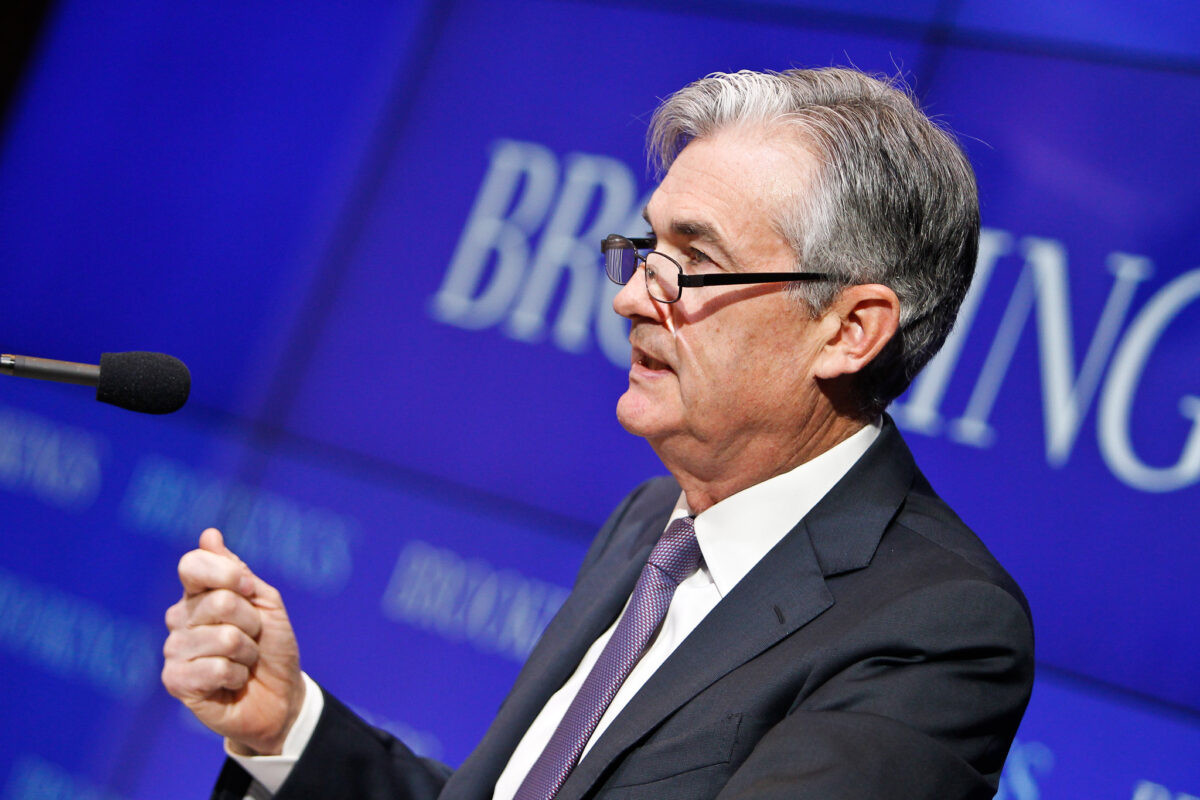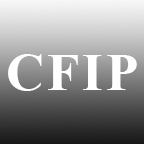The Debut of a Hawkish Dove
Jerome Powell
He spoke only three times publicly in his new job, and three times the markets tanked. More disconcertingly, he also flip-flopped during two key speeches on Capitol Hill, seamlessly moving from monetary hawk to dove within the space of a few days.
The new chairman of the US Federal Reserve, Jerome H Powell, in office since February 5, is already suspected of possessing a ‘toxic touch’ – markets seem to dislike, if not slightly mistrust, him. That may be understandable and constitutes somewhat of a traditional welcome meted out to new Fed chairpersons. After Alan Greenspan took the job in 1987, markets went on a downward slide as well. In 2006, Ben Bernanke received a similar treatment, albeit slightly less pronounced.
Within 48 hours of Jerome Powell succeeding Janet Yellen as chairman of the Fed, the Dow Jones recorded its largest point loss in history, tumbling 1,032 points to close at 23,860, capping its biggest weekly decline since the dark days of 2008.
Traders, always eager to find a culprit for their losses, promptly blamed the Federal Reserve for being behind the curve on taming inflation and failing to show the its teeth. Fear was – and still is – driving the market, sidelining the bulls and creating an environment in which anxiety sets the tone. Volatility indices are up across the board as the market searches for direction.
Just as the Fed announced its sixth consecutive rate hike since the financial crisis, Mr Powell admitted – before the nation – that his bullish outlook was founded on ‘very uncertain’ premises and conceded that he may well be underestimating the longer-term economic effects of the tax cuts and the increased spending of the Trump Administration. Whilst he singled out wage growth as the ‘ultimate signal’ of a tight job market, Mr Powell also admitted that, so far, wage pressures have been ‘modest’ at best.
Growing into the Role
His debut underlined that Jerome Powell is not quite yet used too his role as, arguably, the world’s most powerful central banker. Regrettably, he also lacks solid backup. The Fed’s seven-member board of governors is now down to just three with six of the bank’s seven committees chaired by either Randal K Quarles or Lael Brainard, two holdouts, with Jerome Powell acting as chair of the Committee of Board Affairs.
Talking about the labour market, Mr Powell’s analysis seems at odds with the Fed’s own preemptive policy of raising interest rates in order to suppress inflation – which still sits well below the official 2% target. Though the US jobless rate stands at a seasonally-adjusted 4.1% – a seventeen-year-low – the absence of wage pressure indicates the job market is far from saturated.
However, the underlying strength of the US economy may ultimately not be as formidable as it seems. GDP Now, compiled and published by the Federal Reserve Bank of Atlanta and as close to a real-time indicator of economic activity as available, has been downgraded sharply from a January annualised growth rate of well over 5% to barely 1.8% in March. Meanwhile, the San Francisco Fed published an update to its 2015 study that shows the central bank consistently overestimating actual growth rates – and responding, often way too early, with a tightening of the money supply.
Jerome Powell appears determined to continue the tradition. His problem now is to square the Fed’s natural urges with the expansive policies pursued by the Trump Administration. To the president, the sky is the limit. In a sense, the US economy has become addicted to stimulus – first quantitative easing on a massive scale and now, if only because the Fed’s bloated balance sheet started to look funny, with likewise massive tax cuts which leave an extra 1.1% of the nation’s GDP in the hands of businesses and private individuals.
Whilst it shouldn’t matter who spends the money – the state, private enterprise, or people – the revised tax code does leave the federal government, at least initially, a few trillions short at a time when the administration can ill afford fiscal setbacks. The trouble with President Trump’s tax code is its tilt towards wealthier people who most likely will not spend the windfall, but save the money instead. If they do let the money roll, it is to bankroll imported luxuries.
A Note of Caution from the IMF
The International Monetary Fund warned that though the US economy may see solid growth over the next two years, payback is expected from 2020. At a meeting in mid-March of G20 finance ministers and central bank governors in Buenos Aires, Argentina, those present sounded a cautious note, expressing concern over future growth once fiscal support is withdrawn or expires.
However, for the moment Mr Powell tries to avoid a showdown between his Fed and the Trump Administration. At some none-too-distant point in the future, the inevitable must happen: as the president floors the accelerator, the Fed must start pushing back in a tug of war that may further confuse markets, heaping on additional volatility.
Fed-watcher Tim Duy of the University of Oregon helpfully pointed out that the inflation concerns of the last two decades have amounted to much ado about nothing. Professor Duy suspects there may be some hidden slack in the economy conspiring against an inflationary spurt and mentions digitisation and globalisation as the two wildcards.
The boring choice to replace Janet Yellen as chair of the US Federal Reserve, if not necessarily a safe one, the appointment and confirmation of Jerome “Jay” Powell was met with yawns on Wall Street – bankers and traders alike are just relieved that President Trump did not go for the esoteric or extravagant.
In fact, President Trump wanted someone without any overly strong convictions at the helm of the Fed – someone in between a hawk and a dove, and most of all a chairperson who wouldn’t instantly try to derail his administration’s expansive fiscal policies. Jerome Powell was the right man at the right time. As an added bonus, he also favours rolling back some of the financial regulation introduced in the wake of the 2008-9 banking crisis. Mr Trump likes to keep a light regulatory touch.
Mr Powell is perhaps, as Winston Churchill would have put it, a modest man with much to be modest about. It just so may happen that a modest man – as opposed to a high-flying ego-tripper – is what this sensitive moment calls for.
A Lawyer in Charge
Mr Powell, a graduate of Georgetown University Law School, made his career as a lawyer in New York before becoming an investment banker. In 1992, he was appointed under-secretary of the Treasury for Domestic Finance in the administration of George HW Bush, a position he held for two years. He managed to escape the worse of the fallout at Bankers Trust – his next stop – quitting as managing director just as the bank got into legal trouble over large losses from derivatives trading, duping its clients in the process.
Soon after, Mr Powell accepted a partnership at The Carlyle Group from where he departed to found Severn Capital Partners, a private equity firm prowling the market for opportunistic investments. In 2011, during the Obama Administration, Mr Powell was nominated to join the Federal Reserve Board of Governors – the first time in almost fifteen years that a president reached across the aisle to fill such a key vacancy.
At the Fed, Mr Powell was mostly known for not rocking the boat. Though markets appreciate a business-as-usual approach, they severely dislike a taciturn Fed chairperson. Mr Powell’s apparent dismissal of his predecessor’s cautious attitude, and his seesawing between bullish and bearish economic outlooks, has left many without guidance. An old metaphor seems to apply: Mr Powell is driving the economy by looking in the rearview mirror only. Knowing what happened in the past, whilst making decisions that steer the future, almost guarantees a time lag – definitive knowledge probably arrives too late to act on it.
Mr Powell has to fill big shoes. During her single four-year-term as Fed chairperson, Janet Yellen stoked inflation close to target, capitalised the financial system, and drastically cut unemployment. She vacated the chair without any black marks, largely thanks to her early abandonment of ingrained structural and policy models. This gave Mrs Yellen the liberty to keep calm during times of expansive fiscal policies, convinced that the neutral or natural rate of interest had declined significantly due to profound changes in the US economy. That insight, valuable beyond measure, enabled the Fed to keep interest rates lower, and for longer, than it otherwise would have. It is fair to say, that without Mrs Yellen’s calculated gamble, the US economy would still be in the boondocks.
Now Jerome Powell is asked to perform a similar trick, i.e. not lose his cool and recognise that economic realities have changed. In the present low interest environment, the level of private savings still exceeds the level of private investment. Substantial inflows of cash from outside the country augment the difference, exercising downward pressure on inflation and requiring, amongst others, outsized budget deficits to ward off deflation by artificially depressing the savings rate.
For all its undeniable power, the Fed doesn’t have a particularly noteworthy track record when it comes to ensuring stable and sustainable growth. In fact, looking far back, the US economy remains subjected to pronounced boom and bust cycles – the internet bubble of the 1990s, the housing boom that followed, and now inflated equities; each upward swing followed by a rather violent market correction. Mr Powell’s job is to break with that tradition and continue to build on the groundwork laid by his predecessor: not being too cautious, nor too generous. Perhaps a job for a hawkish dove after all. In any case, it’s all in a day’s work for the world’s pre-eminent central banker.
© 2015 Photo by Brookings Institution


